Lancia Lambda classic cars for sale
The Lancia Lambda, produced from 1922 to 1931, redefined automotive engineering by introducing the world’s first production car with a load-bearing monocoque chassis and pioneering independent front suspension. Its advanced V4 engine and refined handling established new standards for luxury and innovation in the interwar years.
Suchergebnisse
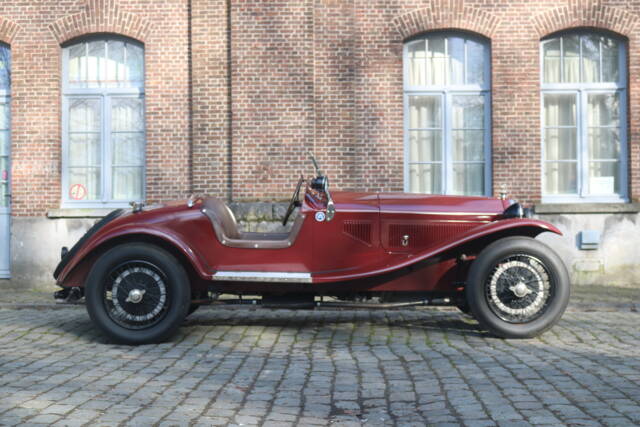
1930 | Lancia Lambda
V8 engine
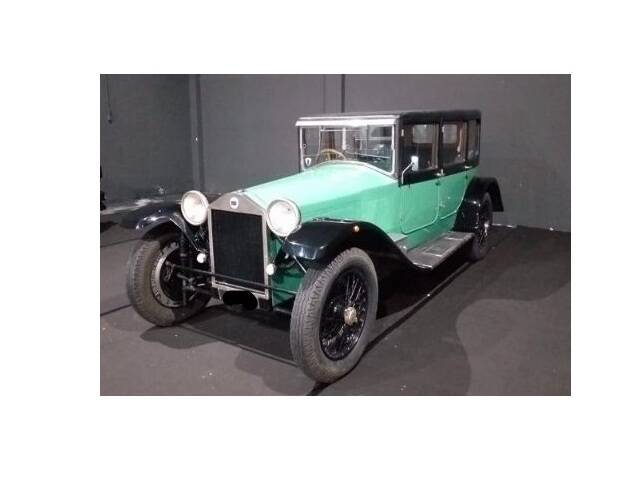
1928 | Lancia Lambda
VIII SERIE Torpedo " Matching Numbers "
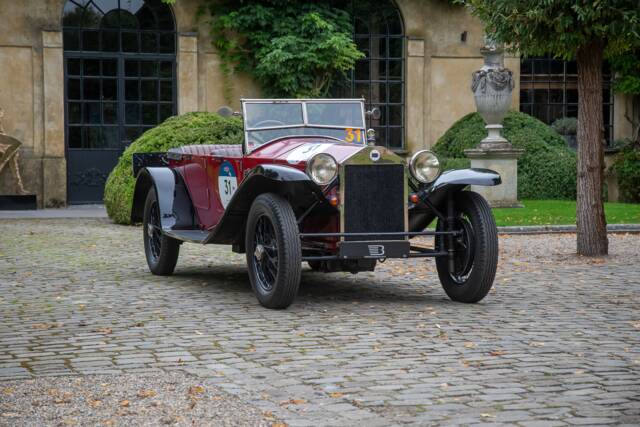
1928 | Lancia Lambda
Lancia Lambda - 8th series (Mille Miglia eligible)
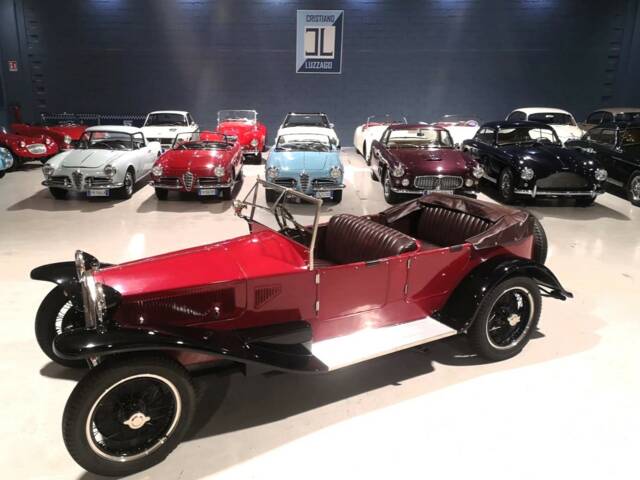
1928 | Lancia Lambda
LANCIA LAMBDA VII SERIE TORPEDO SWB 1927
Lancia Lambda listing references from Classic Trader
Below you will find listings related to your search that are no longer available on Classic Trader. Use this information to gain insight into availability, value trends, and current pricing for a "Lancia Lambda" to make a more informed purchasing decision.
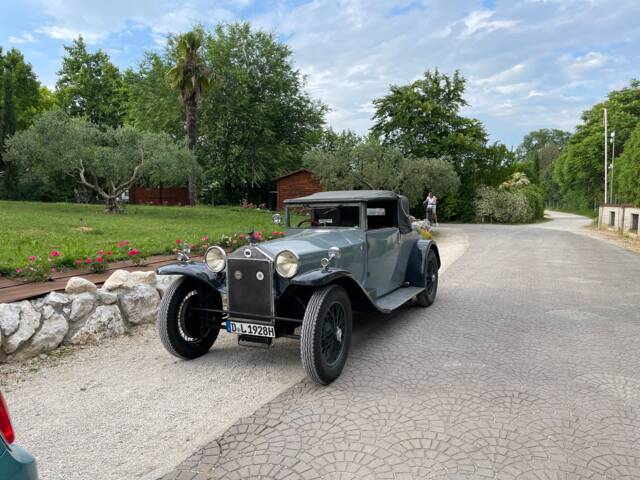
1928 | Lancia Lambda
Short Chassis

1923 | Lancia Lambda
<p>PRESENTE PAD. 26 - FIERA BOLOGNA - 26-29 OTTOBRE</p>

1926 | Lancia Lambda
S7 Siluro

1925 | Lancia Lambda
1925 Lancia Lambda Torpedo 55 Series 5
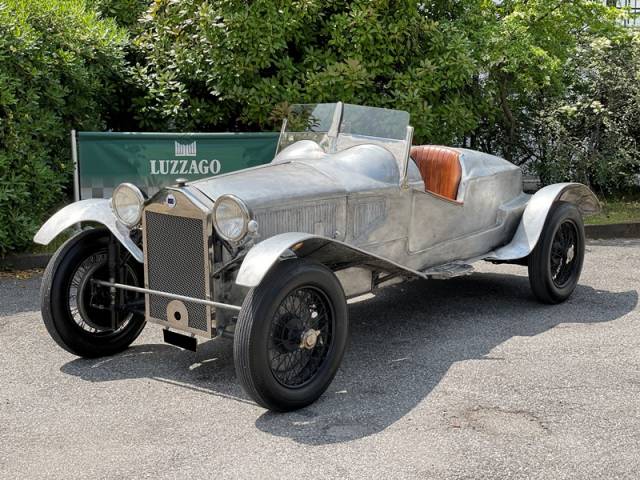
1926 | Lancia Lambda
Lancia - Lambda S7 Siluro
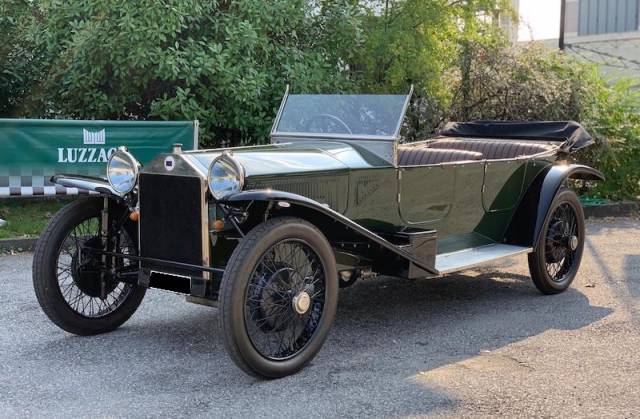
1923 | Lancia Lambda
2°serie RHD

1927 | Lancia Lambda
7th Series
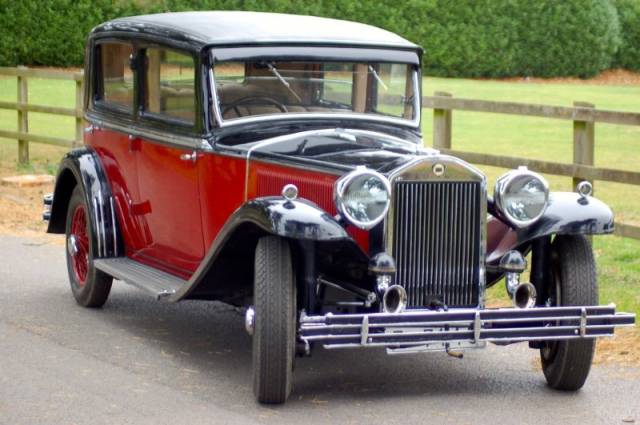
1930 | Lancia Lambda

1926 | Lancia Lambda
History of the Lancia Lambda
In 1922, Lancia presented the Lambda at the Paris Motor Show, an event which would mark a turning point in car design. Developed by Vincenzo Lancia and engineered by Battista Falchetto, the Lambda incorporated a self-supporting (monocoque) body—an idea ahead of its time that would become standard industry practice. The car’s structure allowed a much lower centre of gravity, significantly improving stability without sacrificing ground clearance. Patented in 1918, this layout transformed production and design for decades. From its debut through its final production year in 1931, nine series of the Lambda were made, and around 13,000 units left the factory, each evolving with notable technical refinements. This model’s blend of structural innovation and mechanical reliability helped cement Lancia’s reputation among European luxury marques.
Model History
The Lancia Lambda’s lineage began in 1922 and continued until 1931, spanning nine major series. Early cars came with a three-speed gearbox, evolving to a four-speed from the fifth series. The sixth series increased comfort and space with a longer wheelbase and updated wheels. The seventh saw a more powerful engine, and by the ninth series, distributor ignition was adopted. Various body styles were available from independent coachbuilders, with options such as Torpedo, Coupé de Ville, and Landaulet, on both standard and long-wheelbase chassis. No direct predecessor existed, as the Lambda introduced so many firsts, but it set the template for subsequent Lancia models like the Augusta, Aprilia, and later Fulvia.
Highlights and Notable Features
The Lancia Lambda set benchmarks with its pioneering load-bearing monocoque, reducing overall weight and increasing rigidity, a breakthrough in structural engineering. Its ‘sliding pillar’ independent front suspension system gave the Lambda unprecedented ride quality and cornering precision. The V4 engine, mounted longitudinally and tilted, produced an unmistakable sound that became a Lancia signature. Detailed craftsmanship in the interior, including luxury instruments and wood trim, offered a level of refinement uncommon in the 1920s. Bodies were often tailored by renowned coachbuilders, adding to the rarity and appeal of surviving cars.
Technical Data
Special Editions and Collectible Models
No factory-built 'special editions' exist, but certain coachbuilt versions are particularly notable, including bespoke Torpedo, Coupé de Ville, and Landaulet bodies. Cars with unique coachwork or known provenance, like Mille Miglia competitors or those owned by personalities like Anthony Fokker, are highly valued among enthusiasts and collectors. Event participation, such as confirmed entries and wins in Mille Miglia and Concours d’Elegance, adds to specific vehicles’ significance.
Weak Spots and Common Issues
With no prominent recurring issues documented in the sources, routine maintenance should focus on the preservation of the sophisticated independent front suspension, careful inspection for corrosion in the monocoque body, and thorough upkeep of the V4 engine. Specialist knowledge is recommended due to the rarity of original parts and the unique engineering solutions employed by Lancia. Period-correct repairs and high-quality restoration are especially valued in maintaining originality, given historic registry documentation and club support.
Engine and Performance, Transmission and Handling
The Lambda’s unique V4 provided smooth torque delivery, with later series boosting power for enhanced touring capabilities. Lancia’s sliding pillar suspension and rigid monocoque contributed to remarkable stability, especially on winding roads—a clear advantage in historic rally participation, evidenced by back-to-back Mille Miglia successes in 1927. The four-speed manual’s gear ratios were carefully matched to the engine, optimising both relaxed cruising and precise control on technical routes. Standout variants include the long-wheelbase Torpedo and competition-proven examples from Mille Miglia events, each showcasing the chassis’ strengths and superior steering accuracy.
Interior, Comfort, Exterior and Design
The design philosophy behind the Lambda was driven by Vincenzo Lancia’s vision for low weight and balance. Exteriors ranged from streamlined Torpedoes to stately Landaulets, with skilled coachbuilders tailoring each car’s proportions and details. Cabins often included luxury touches, such as Jaeger instruments, fine wood trims, and plush upholstery, setting new standards for comfort and driver instrumentation. The Lambda’s silhouette remains unmistakable, especially with bespoke accessories and the distinctive ‘sliding pillar’ front setup visible through the wheels. Popular period colours included classic Italian shades, and bespoke paint finishes appeared on special commissions. Accessories, such as period-correct trunk racks, twin spare wheels, and trumpet horns, further underline each Lambda’s individuality.
Other Relevant Features
Lancia Lambda models are eligible and frequently registered for classic driving events and historic rallies worldwide. Factory and club documentation via the Lancia Register enhances historical provenance, while international recognition ensures eligibility for prestigious concours and tours. Notable owners and global enthusiasts' clubs foster a well-documented history for surviving examples.
Summary
Produced over nine series from 1922 to 1931, the Lancia Lambda stands as a landmark in automotive engineering, offering advanced solutions like the monocoque chassis and independent front suspension years ahead of its contemporaries. With only about 13,000 units made and surviving models highly sought after, it represents the peak of Italian luxury and innovation in interwar automotive history.



